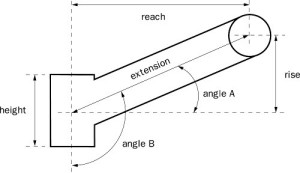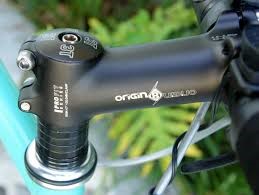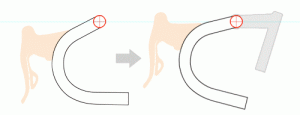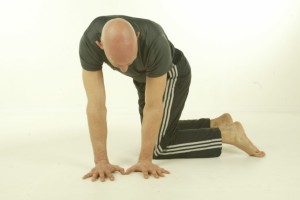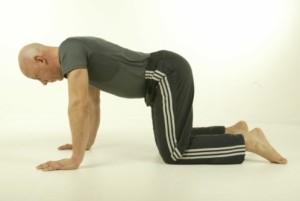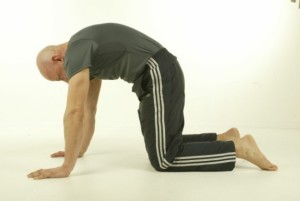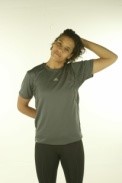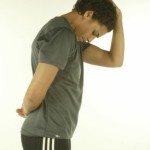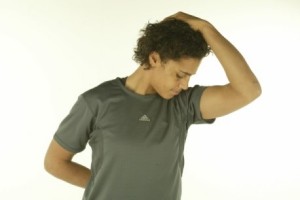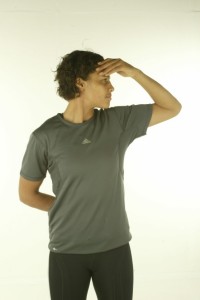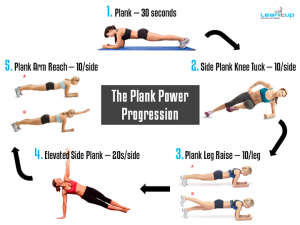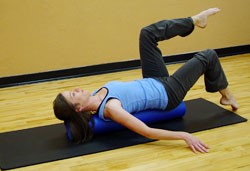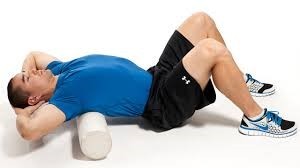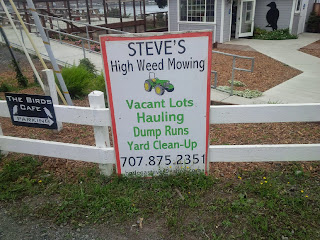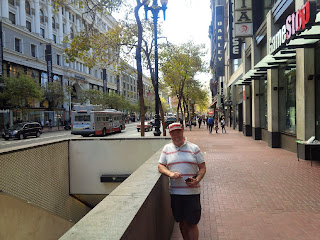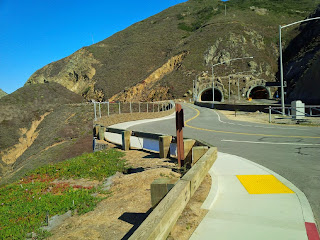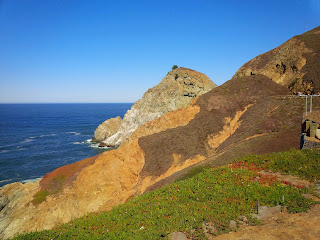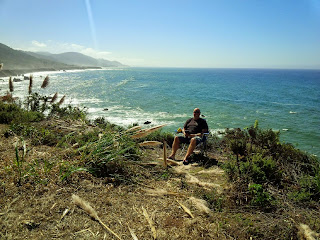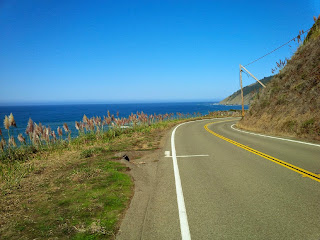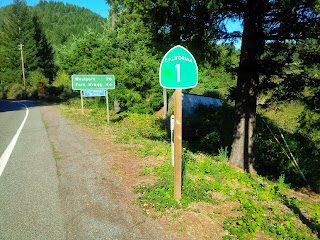With advances in sports science and testing many of the old rules we have come to rely on for performance development may no longer apply.
Science laboratories and sports institutes around the world are publishing new research daily questioning the relevance of existing theories.
Among the most common of these is the relevance of long training rides. Whilst they have a place in any training regime they are no longer to be considered in isolation, more miles doesn’t necessarily mean better performance. Psychological milestones, the 100 club for example, are relevant targets for motivation but have limited physiological effect.
It has been proven however that 20 minute high intensity intervals i.e. above 90% effort help to develop anaerobic capacity (the maximal point at which adenosine triphosphate (lactic acid) can be resynthesized by the body) by as much as 28% where moderate intensity long miles will not. Continuing from this max efforts (100%) of 20 to 60 secs will develop vo2 Max (your body’s ability to absorb, distribute and utilise oxygen).
These intervals can be added into road sessions but are more commonly used during indoor training sessions on turbo trainers or in spinning classes.
To discover more on the relevance of high intensity training and its relevance in cycle performance take a look at British Cycling’s Insight Zone.
With the autumn and winter upon us now is the time to think about indoor training to support your Bike Adventures trip. Listed below are 5 Turbo Training sessions to mix things up. Try to add one or two sessions a week to compliment your road riding.
If you are off to Bhutan this autumn with Bike Adventure’s on their Mountain Bike trip I will see you there. I need to get on the turbo!
NOTES TO AID TURBO SESSIONS
Rear cassettes come in numerous forms (9/10/11 rings) of differing teeth ratios, the sessions below are based on 10 ring cassettes but can be adapted to match your setup. Always use the larger ring as your start point for warm up and progress from there.
It is more appropriate to manage turbo sessions by RPE (rate of perceived effort) and specifically % MHR (percentage of maximum heart rate) where possible.
Maximum heart rate can be approximated using the calculation 220 – Age = MHR. However more accurate results can be achieved through specific heart rate or vo2 testing.
FOR YOUR GUIDANCE:
|
TRAINING ZONE |
|
%MHR |
RPE |
|
RECOVERY |
<60% |
0-1 EXTREMELY EASY |
|
|
ZONE 1: |
BASIC ENDURANCE |
60-65% |
1 VERY EASY |
|
ZONE 2: |
ENDURANCE |
65-75% |
2 QUITE EASY |
|
ZONE 3: |
TEMPO |
75-82% |
3-4 MODERATE |
|
ZONE 4: |
THRESHOLD |
82-89% |
5-6 HARD |
|
ZONE 5: |
VO2 MAX |
89-94% |
7-8 VERY HARD |
|
ZONE 6: |
NEUROMUSCULAR |
94-100% |
9-10 EXTREMELY HARD |
THE TURBO SESSIONS DETAILED BELOW SHOULD BE FOLLOWED AS CLOSELY AS POSSIBLE BUT YOU MUST TAKE INTO CONSIDERATION YOUR HEART RATE RECOVERY, YOU MAY NOT ALWAYS REACH THE TARGETS SET HIGH OR LOW. MAKE ADJUSTMENTS TO ACCOMMODATE YOUR ABILITY.
TURBO 1 – PROGRESSIVE GEARS
Progressive Strength and resistance session – Hill Simulation – Cadence 90rpm – Effort 60 to 90% progressive
|
12 min – Ring 1 (Largest) |
60% |
ZONE 1 |
|
11 min – Ring 2 |
||
|
10 Min – Ring 3 |
||
|
9 Min – Ring 4 |
||
|
8 Min – Ring 5 |
PROGRESSING TO |
|
|
7 Min – Ring 6 |
||
|
6 Min – Ring 7 |
||
|
5 Min – Ring 8 |
||
|
4 Min – Ring 9 |
||
|
3 Min – Ring 10 |
90% |
ZONE 5 |
|
5 Min Recovery – Ring 1 |
75 Min Total (this session can be simply progressed by increasing the start minutes and decreasing accordingly with ring change)
TURBO 2 – MINUTE MADNESS
High intensity sprint intervals – Cadence 90rpm – Effort maximal at interval
|
5 Min – Ring 1 (Largest) |
Warm up |
65% |
ZONE 1 |
|
5 Min – Ring 2 |
Warm up |
70% |
ZONE 2 |
|
5 Min – Ring 4 |
Warm up |
75% |
ZONE 2 |
|
2 Min – Ring 5 |
Recovery |
75% |
ZONE 3 |
|
1 Min – Ring 10 (Smallest) |
INTERVAL MAX EFFORT |
100% |
ZONE 6 |
|
Repeat 10 times |
|||
|
5 Min – Ring 4 |
Cool Down |
75% |
ZONE 2 |
|
5 Min – Ring 2 |
Cool Down |
70% |
ZONE 2 |
|
5 Min – Ring 1 (Largest) |
Cool Down |
65% |
ZONE 1 |
60 Min Total (to increase the intensity of this session simply change the warm up and cool down rings accordingly)
TURBO 3 – SIT/STAND
High resistance technique intervals – Cadence 90rpm – Effort maximal at interval
|
5 Min – Ring 1 (Largest) |
Warm up |
65% |
ZONE 1 |
|
5 Min – Ring 2 |
Warm up |
70% |
ZONE 2 |
|
5 Min – Ring 4 |
Warm up |
75% |
ZONE 2 |
|
1 Min – Ring 10 (Smallest) – standing |
85% |
ZONE 4 |
|
|
1 Min – Ring 8 – seated – INTERVAL MAX EFFORT |
100% |
ZONE 1 |
|
|
1 Min – Ring 5 – Recovery |
75% |
ZONE 3 |
|
|
Repeat 10 times |
|||
|
5 Min – Ring 4 |
Cool Down |
75% |
ZONE 2 |
|
5 Min – Ring 2 |
Cool Down |
70% |
ZONE 2 |
|
5 Min – Ring 1 (Largest) |
Cool Down |
65% |
ZONE 1 |
60 Min Total (to increase the intensity of this session simply change the warm up and cool down rings accordingly)
TURBO 4 – AEROBIC
Progressive aerobic intervals – Cadence 90rpm – Efforts at % Max Heart Rate
|
10 Min – Ring 1 (Largest) Warm up |
65% |
ZONE 1 |
|
2 Min – Ring 6 |
Progress to 70% |
ZONE 2 |
|
6 Min – Ring 6 |
Hold at 70% |
ZONE 2 |
|
2 Min – Ring 7 |
Progress to 75% |
ZONE 3 |
|
6 Min – Ring 7 |
Hold at 75% |
ZONE 3 |
|
6 Min – Ring 8 |
Hold at 80% |
ZONE 4 |
|
Repeat 3 times |
||
|
2 Min – Ring 4 – Recovery |
65% |
ZONE 1 |
90 Min Total (to increase the intensity of this session simply increase the times of the held efforts)
TURBO 5 – RUSSIAN STEPS
High Intensity short intervals – Cadence 90rpm – Maximal Efforts
|
5 Min – Ring 1 (Largest) |
Warm up |
65% |
ZONE 1 |
|
5 Min – Ring 2 |
Warm up |
70% |
ZONE 2 |
|
5 Min – Ring 4 |
Warm up |
75% |
ZONE 2 |
|
15 Sec Max Effort / 45 Sec Recovery Spin – Ring 9 |
100% / 75% |
ZONE 6 / ZONE 3 |
|
|
20 Sec Max Effort / 40 Sec Recovery Spin – Ring 9 |
100% / 75% |
ZONE 6 / ZONE 3 |
|
|
25 Sec Max Effort / 35 Sec Recovery Spin – Ring 9 |
100% / 75% |
ZONE 6 / ZONE 3 |
|
|
30 Sec Max Effort / 30 Sec Recovery Spin – Ring 9 |
100% / 75% |
ZONE 6 / ZONE 3 |
|
|
35 Sec Max Effort / 25 Sec Recovery Spin – Ring 9 |
100% / 75% |
ZONE 6 / ZONE 3 |
|
|
40 Sec Max Effort / 20 Sec Recovery Spin – Ring 9 |
100% / 75% |
ZONE 6 / ZONE 3 |
|
|
45 Sec Max Effort / 15 Sec Recovery Spin – Ring 9 |
100% / 75% |
ZONE 6 / ZONE 3 |
|
|
7 Min – Ring 4 – Spin recovery to allow for maximal effort |
70% |
ZONE 2 |
|
|
Repeat 2 times |
|||
|
5 Min – Ring 4 |
Cool Down |
75% |
ZONE 2 |
|
5 Min – Ring 2 |
Cool Down |
70% |
ZONE 2 |
|
5 Min – Ring 1 (Largest) |
Cool Down |
65% |
ZONE 1 |
58 Min Total (to increase the intensity of this session simply add additional Russian steps)

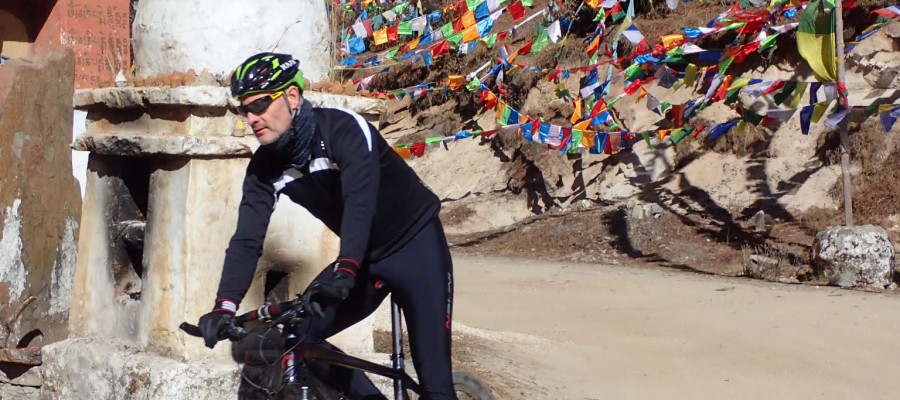

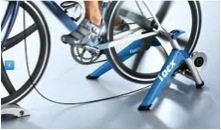
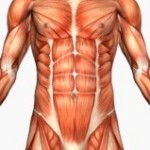

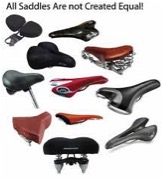
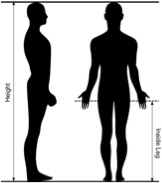
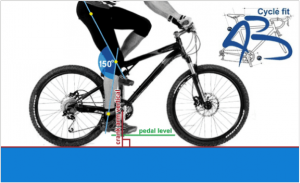
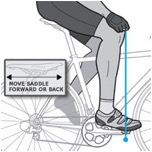


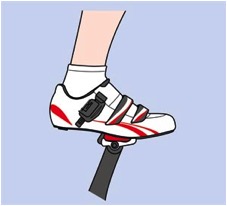
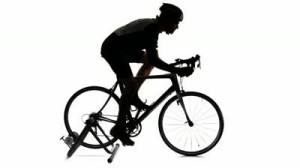
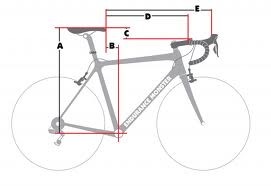 previously the importance of professional bike fittings in minimising injury potential. So now let’s look more specifically at the areas which may help relieve neck pain.
previously the importance of professional bike fittings in minimising injury potential. So now let’s look more specifically at the areas which may help relieve neck pain.